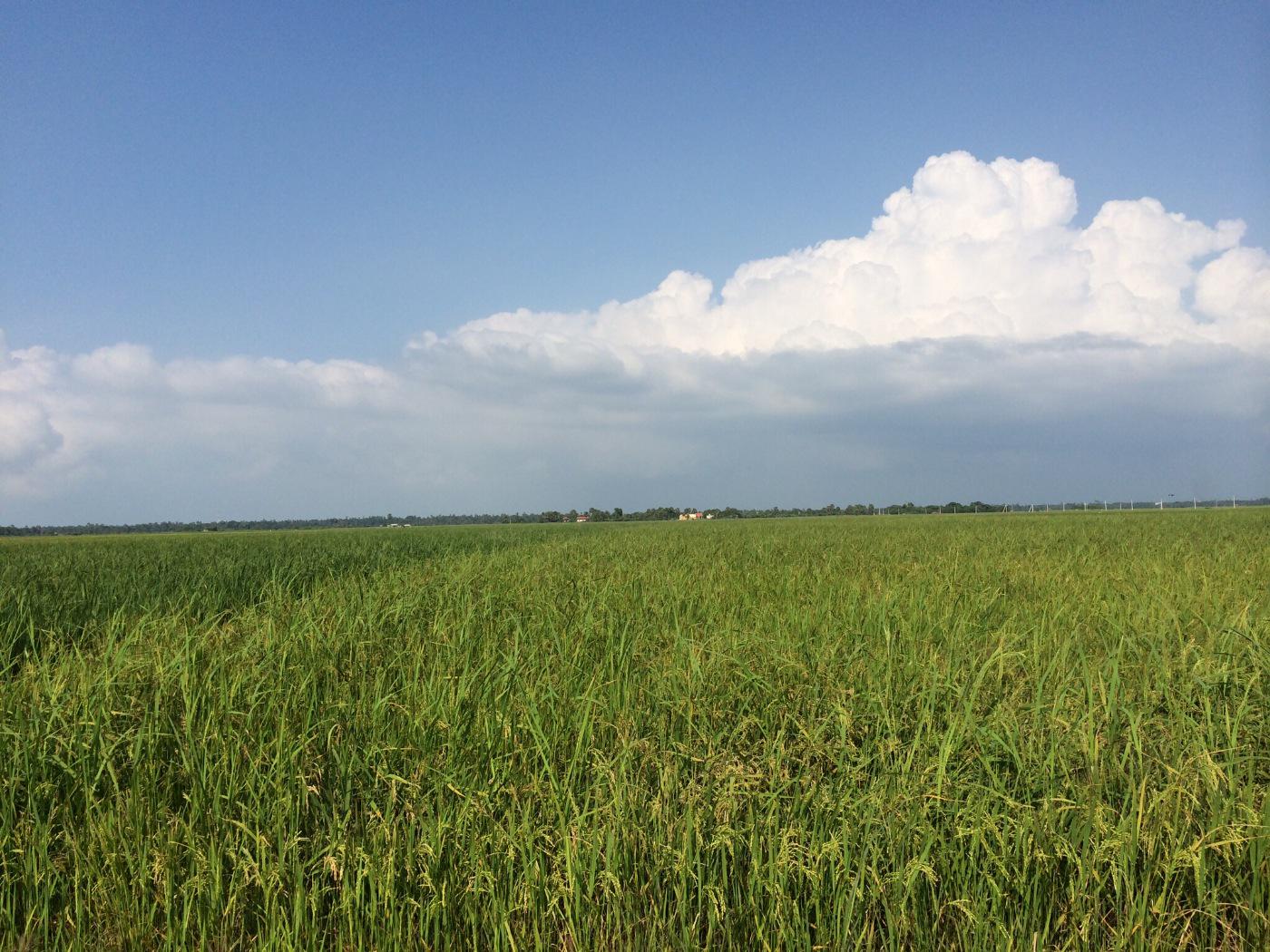Dryness seen reducing rice output in India

Asian off-season rice production is poised to take a hit as dry planting conditions, shrinking reservoirs and forecasts for continued El Nino weather are set to reduce early 2024 yields, further tightening supplies and spurring food inflation, Reuters reported.
India, the world’s biggest rice exporter and No.2 supplier Thailand are expected to see production from their off-season crops decline in the first quarter, while Indonesia, a leading importer, is still reeling from drought as farmers plant their crops, traders and analysts said.
“High prices should encourage planting, but there are concerns about water availability from low reservoirs, which could see yield losses from off-season crops,” said Peter Clubb, an analyst at the International Grains Council in London.
“India and Thailand are likely to be tighter on the export front. In Indonesia, reservoirs which will supply water for the 2024 dry-season crops came down over recent months during the dry season,” he said.
World rice supplies tightened this year after hot and dry weather fuelled by the El Nino weather phenomenon reduced production in major exporting and importing countries.
Much of the world’s rice shipments come from Asia, where prices in key export hubs have risen around 30-40% in 2023, climbing to their highest in 15 years earlier this year after India restricted exports.
El Nino weather will continue through the northern hemisphere through April-June 2024, a US government weather forecaster said in November, while Japan’s weather bureau has said there was an 80% chance the phenomenon will continue through the northern spring.
With lower rice production and food inflation risks, India is likely to keep restrictions on exports until the middle of next year. At the same time, Thailand is forecast to have a lower export surplus, traders and analysts said.
“In the absence of Indian rice exports, Thailand and Vietnam would be expected to account for a sizeable share of global rice deliveries, which will render trade prices sensitive to weather conditions in either market,” BMI, a unit of Fitch Solutions, said in a note.
Among Asia’s top importers, Indonesia and the Philippines are securing supplies.
The Philippines has given private traders around a month to buy an additional one million tons of rice to boost local supply and keep prices in check. Indonesia’s state food procurement agency Bulog has secured contracts for 1 million metric tons of rice imports, it said in a statement.
Unlike main crops, which rely on rains, off-season crops largely depend on having adequate soil moisture and irrigation.
